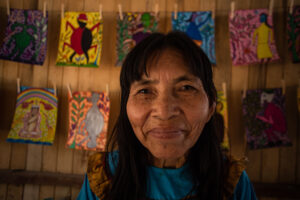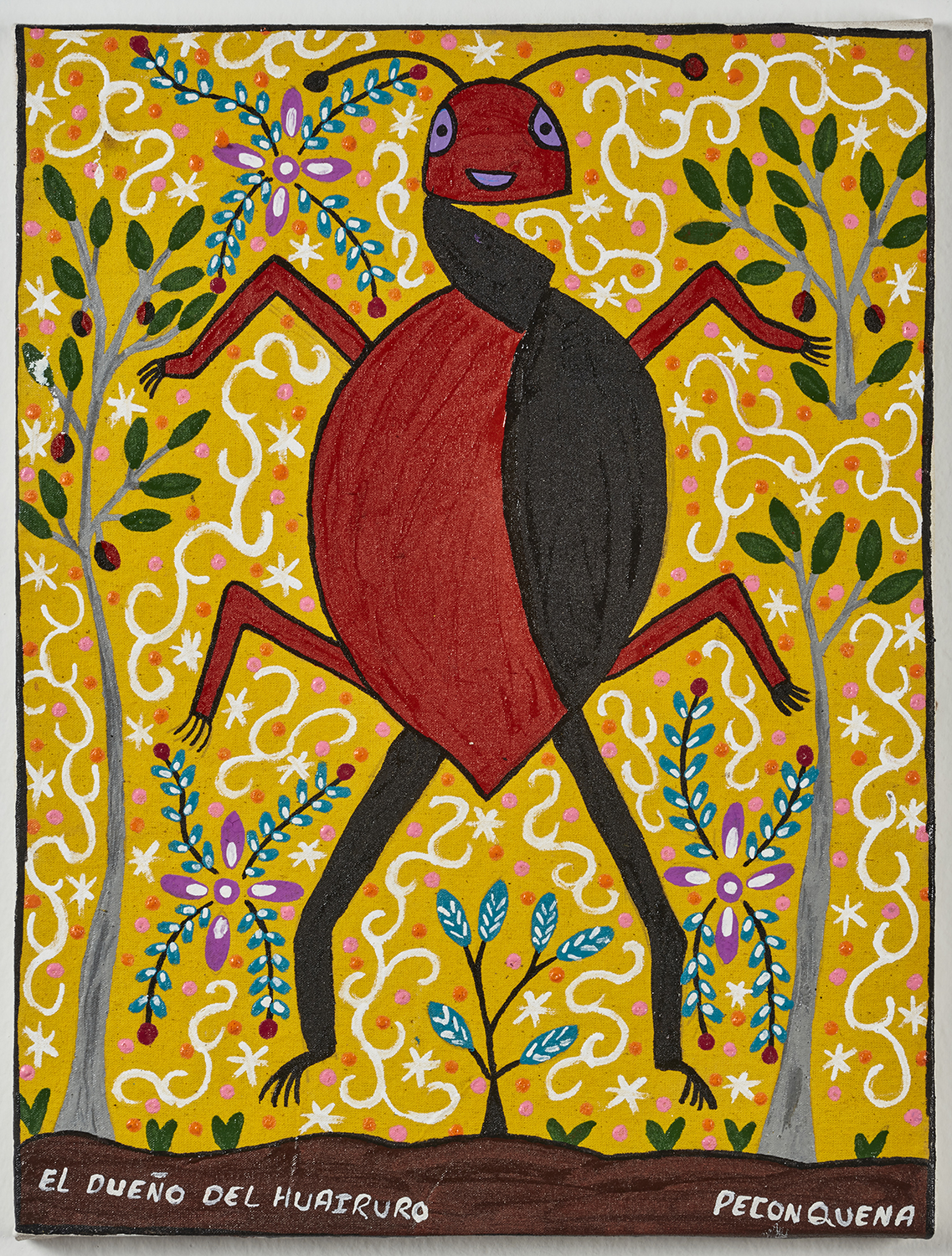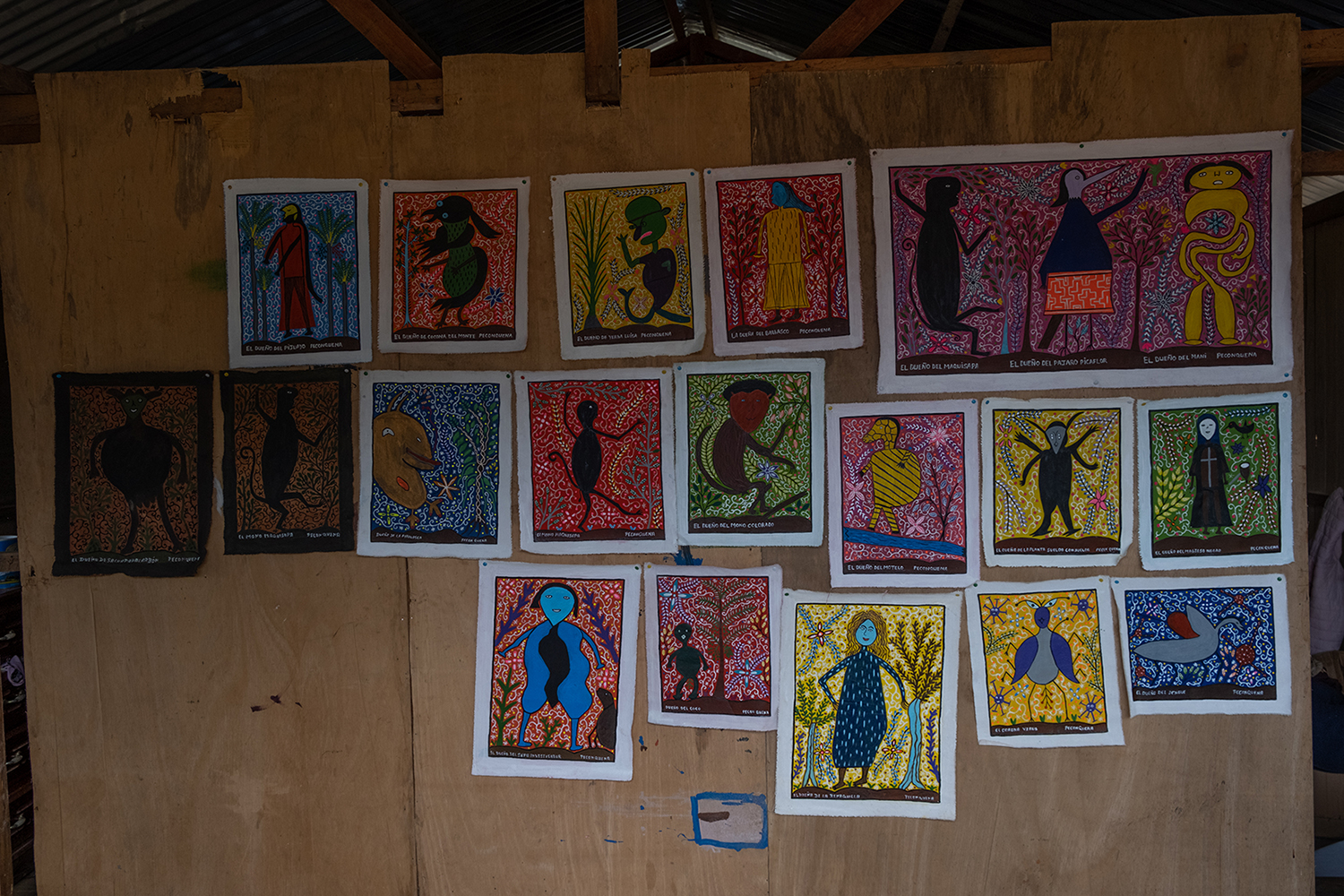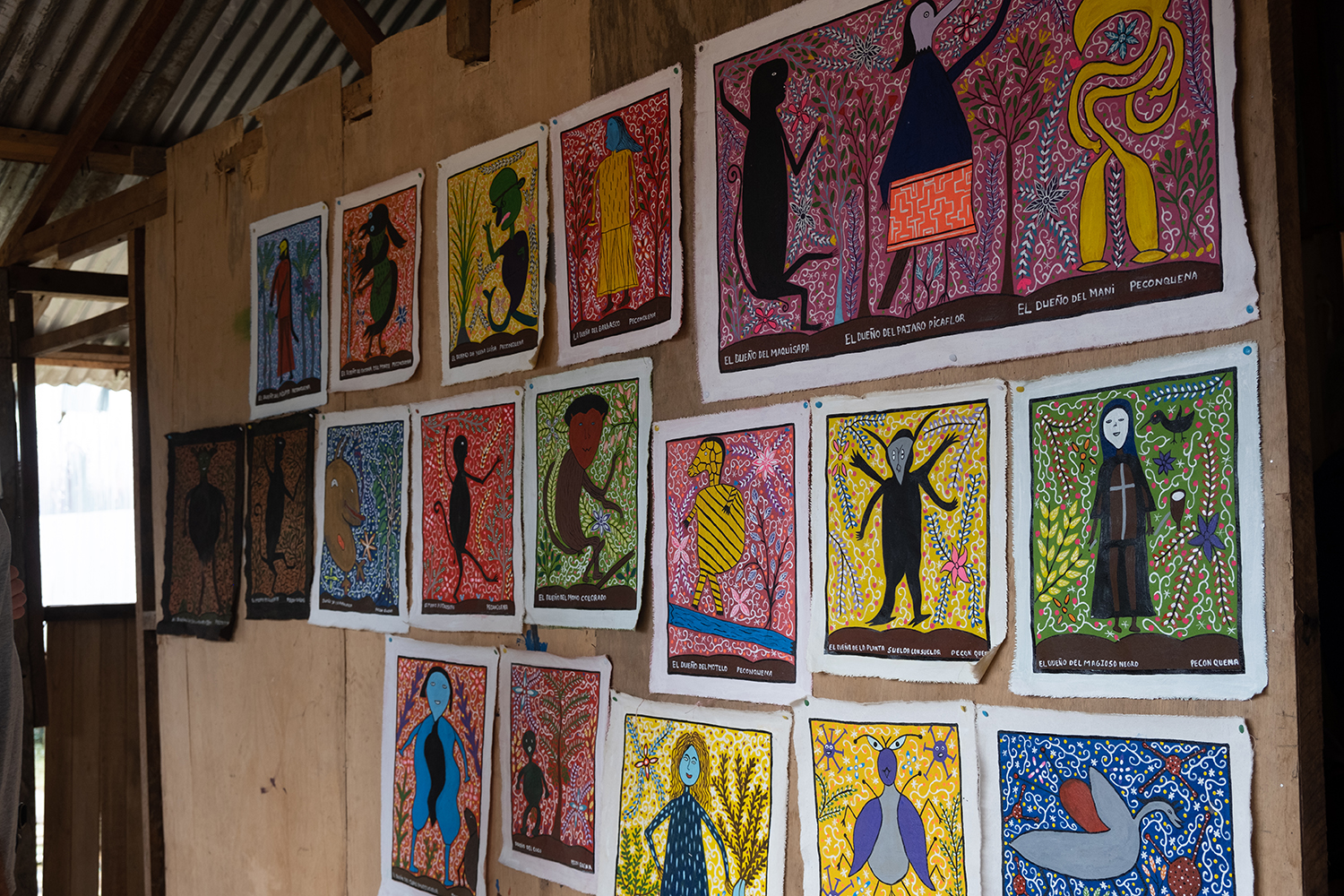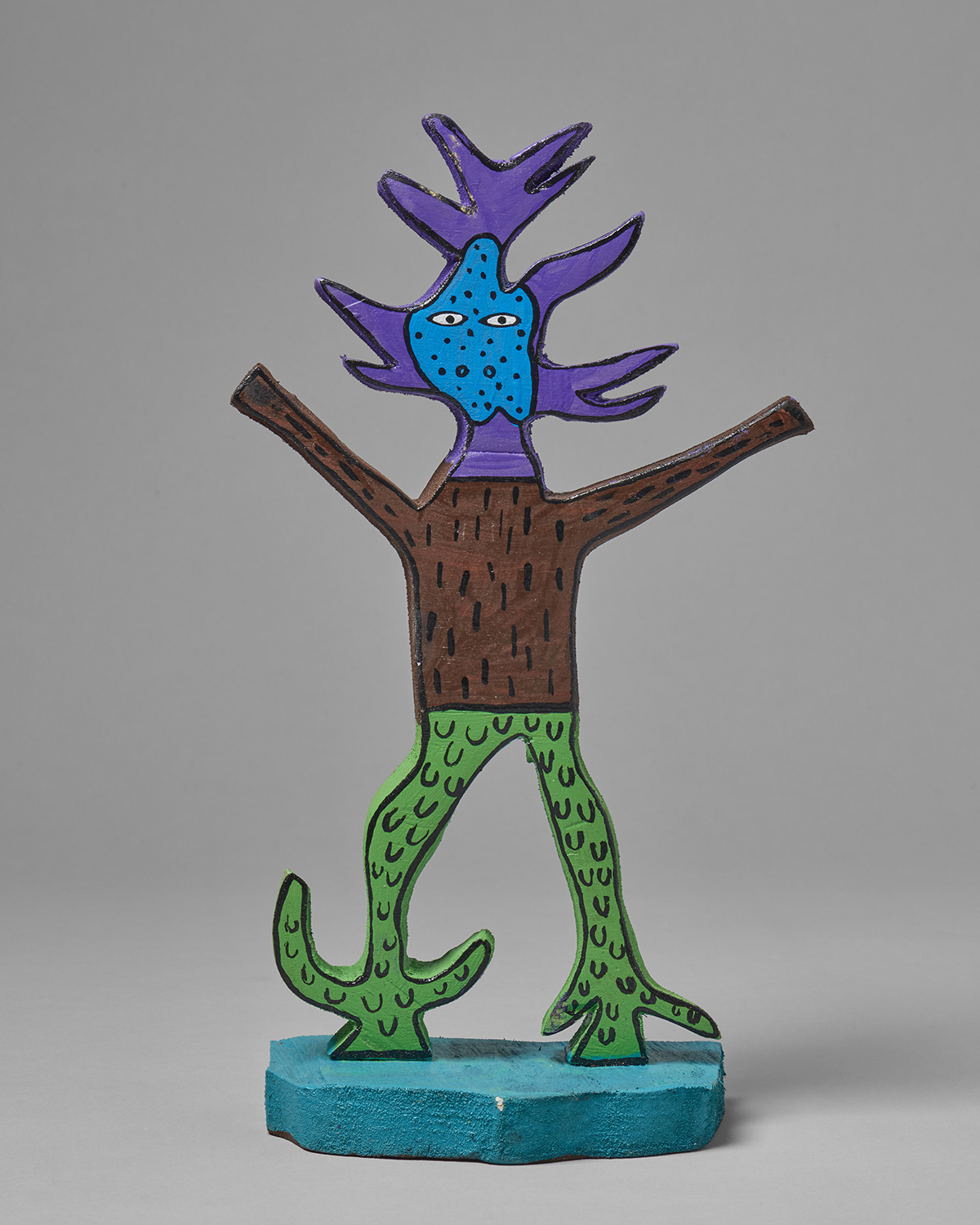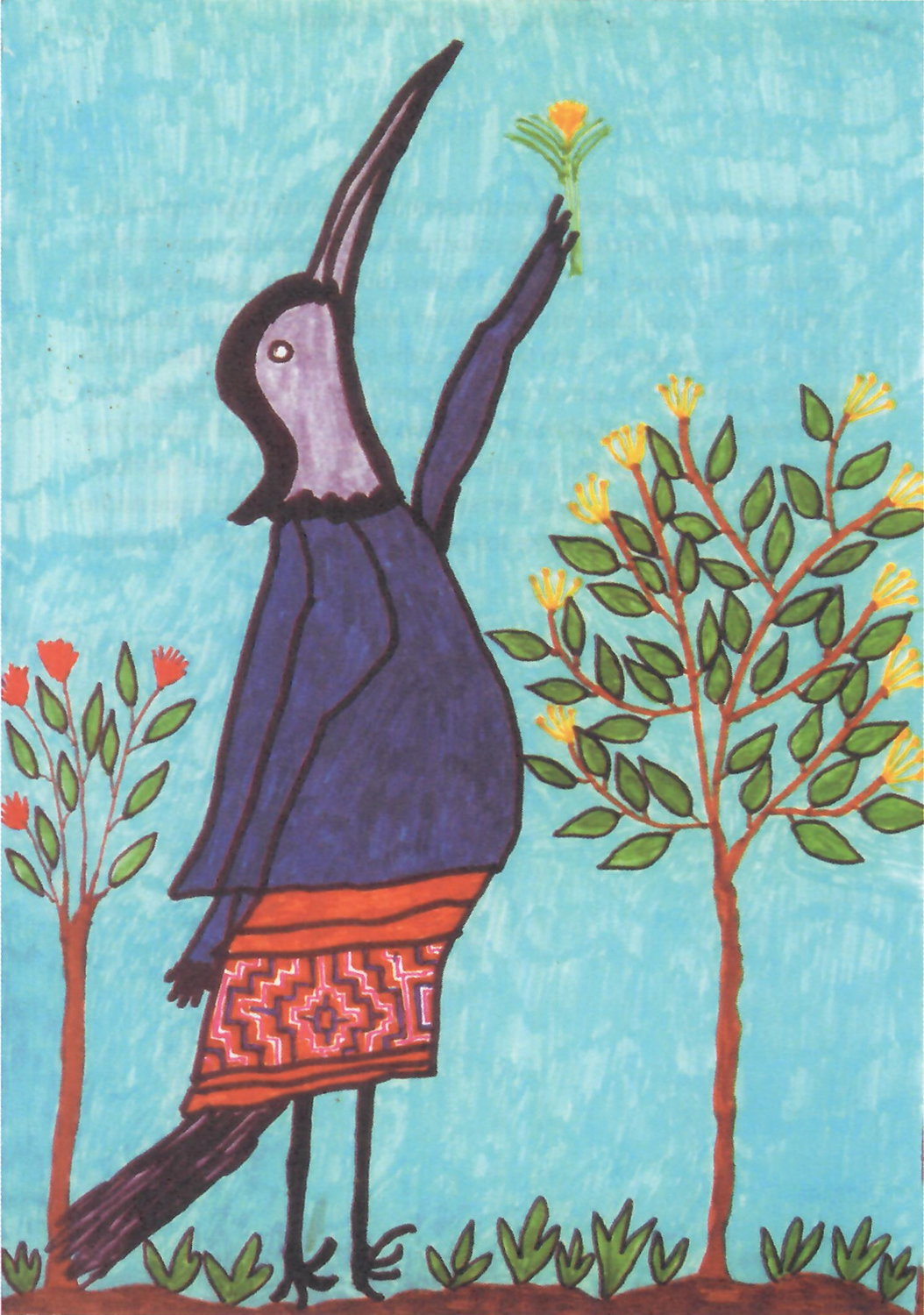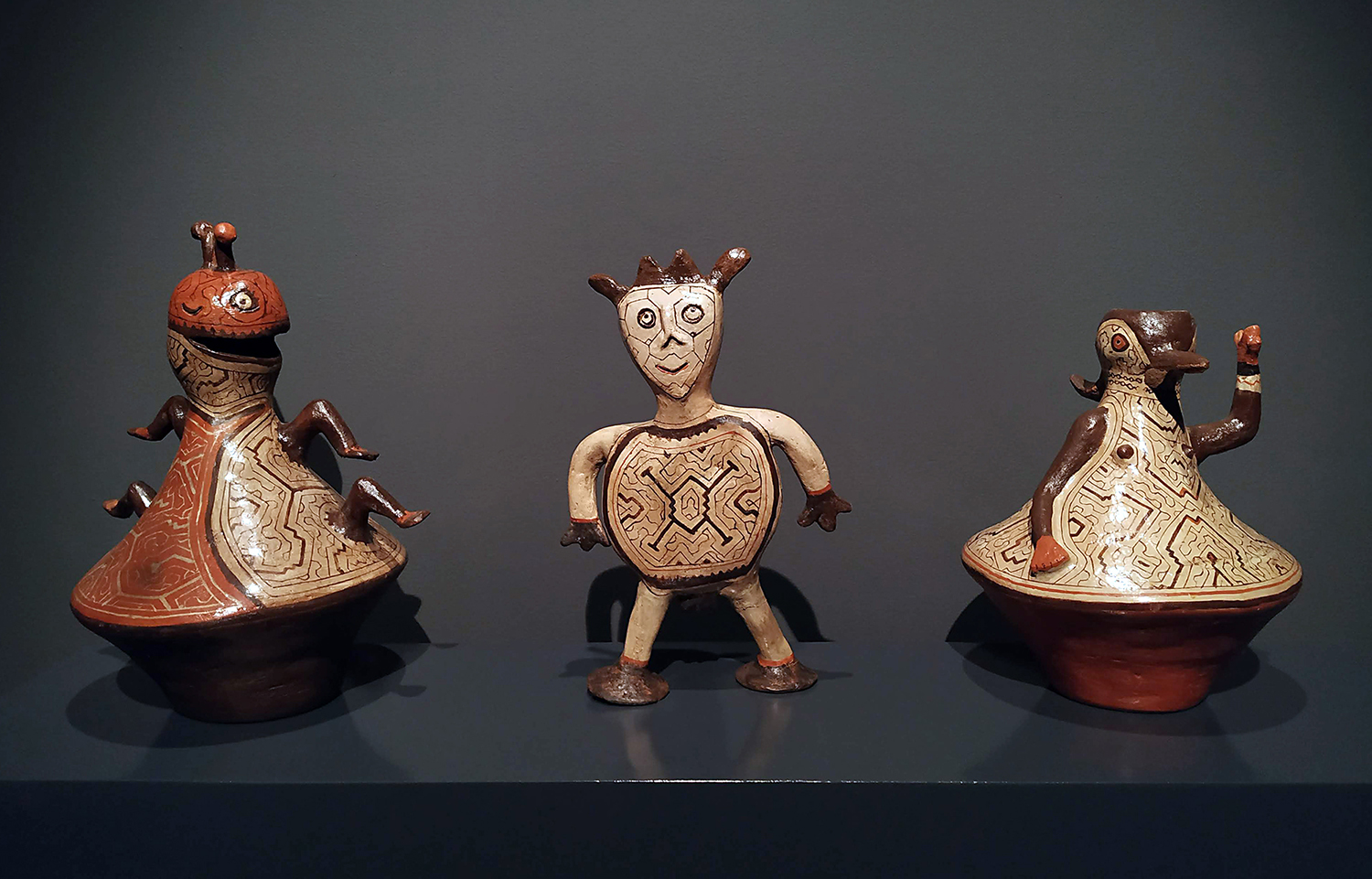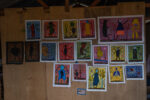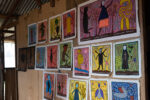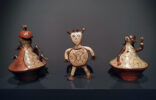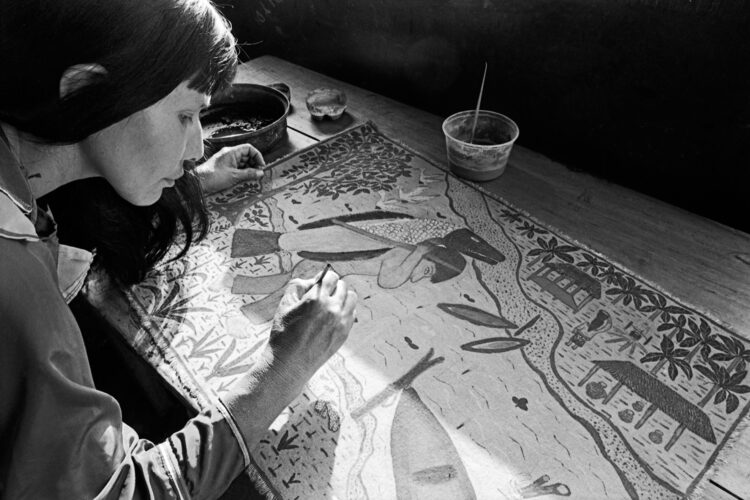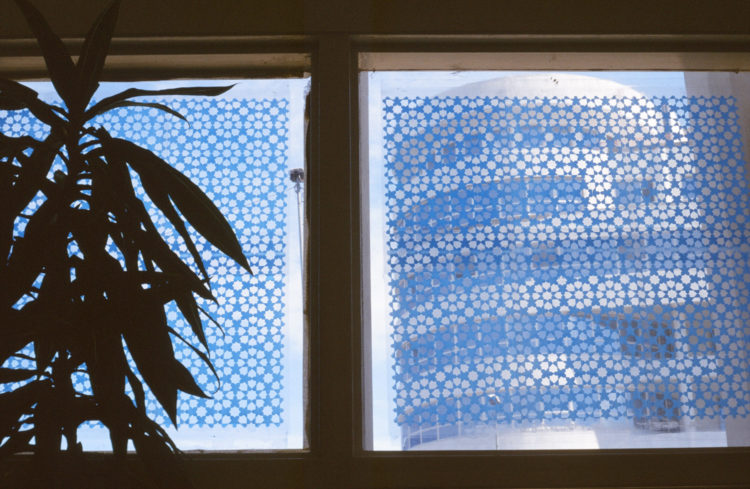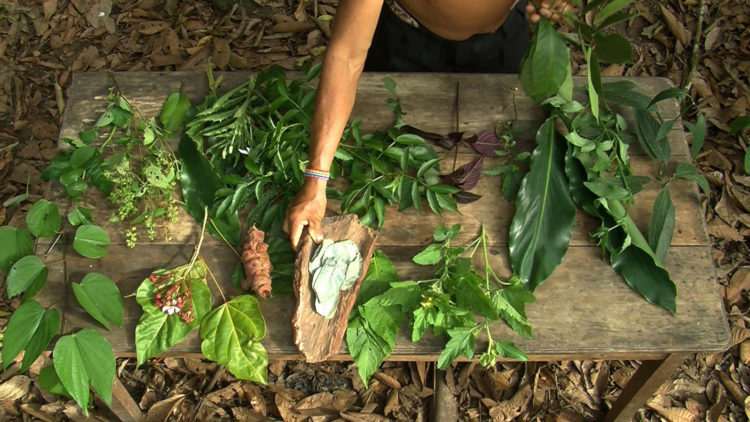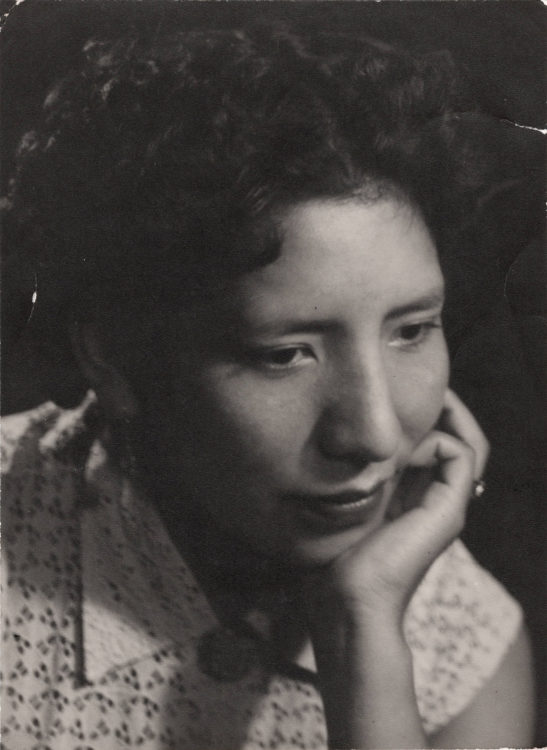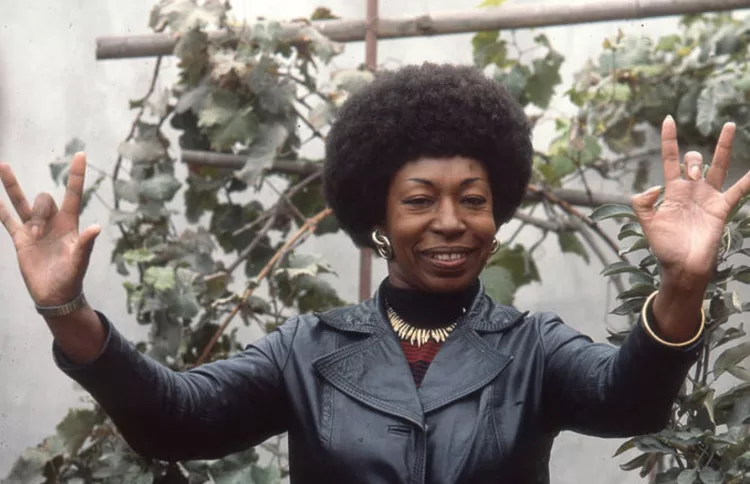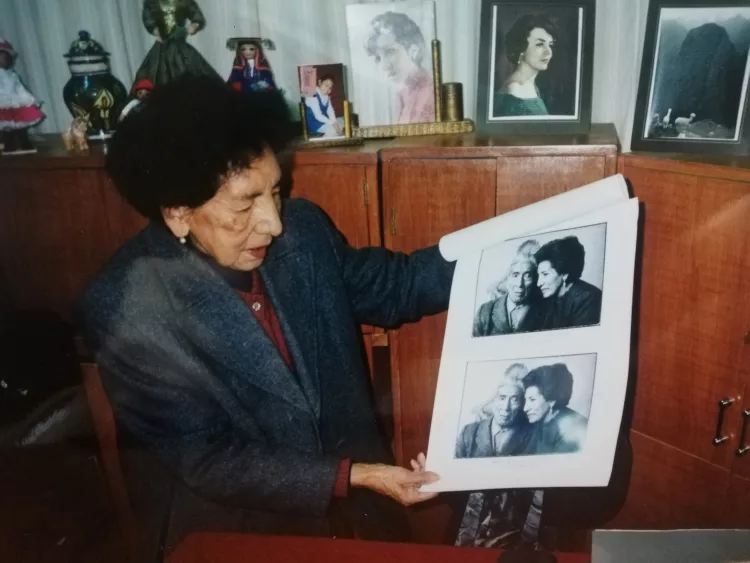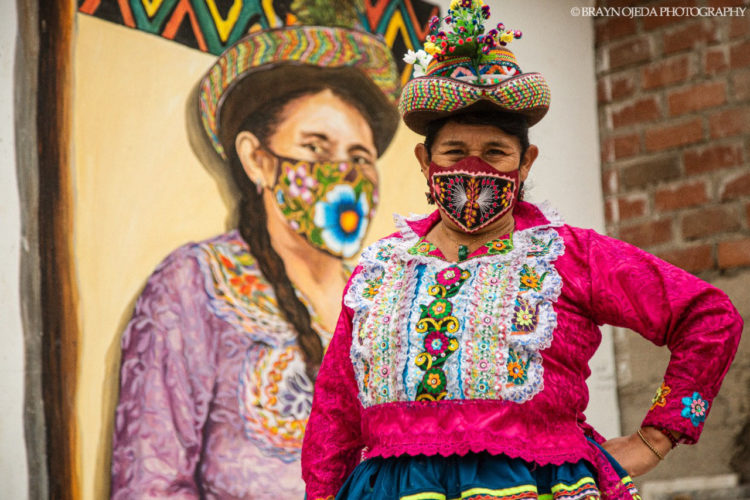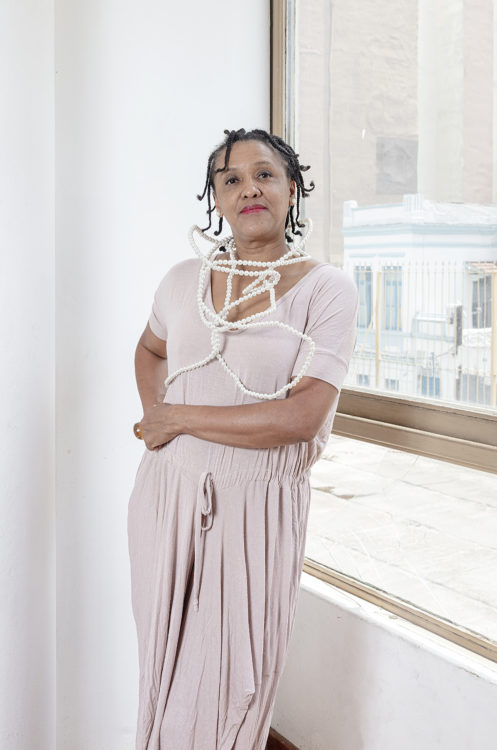Lastenia Canayo García (Pecón Quena)
Yllia, María Eugenia, “Ensanchar las fronteras invisibles: las artistas indígenas, campesinas y rurales en Perú” [Widening the invisible frontiers: Indigenous, peasant and rural women artists of Peru], Hay algo incomestible en la garganta. Poéticas antipatriarcales y nueva escena en los años noventa, ed. Miguel A. López, pp. 226-236. Lima: ICPNA, 2021.
→Casaverde, María Belén Soria, “La Amazonia en el quehacer del Seminario de Historia Rural Andina (1977-2015)” [The Amazon in the work of the Rural Andean History Seminar], ISHRA. Revista del Instituto Seminario de Historia Rural Andina 1, no. 1 (July-December 2016): pp.101-128.
→Canayo, Lastenia, Los dueños del mundo shipibo [The spirit guides of the Shipibo world], Lima: Fondo Editorial de la Universidad Nacional Mayor de San Marcos, 2004.
Dar forma al tiempo. Miradas contemporáneas a la cerámica precolombina [Shaping time. Contemporary looks at pre-Columbian ceramics], Museo de Arte Contemporáneo, Lima, April 5 – August 25, 2019.
→Los dueños del mundo Shipibo/Conibo [The spiritual guides of the Shipibo/Conibo world], Exhibition Hall of the Royal College, Universidad Nacional Mayor de San Marcos, Lima, 2004.
→Madres/Niñas. Exposiciones de pintura popular [Mothers/Girls. Exhibitions of popular painting], San Marcos Art Museum, Lima, 2000.
Shipibo-Konibo artist.
Lastenia Canayo García’s indigenous name is Pecón Quena, which in the Shipibo language means “she who calls the colours”. Like many Shipibo-Konibo women, she learned to trace kené in the form of painting, embroidery and ceramics from her mother, Maetsa Rahua. The word kené in Shipibo means design and alludes to the infinite geometric patterns that materialise the energy of the master plants and present a world view in which human life, nature, territory and spiritual beings exist in a reciprocal and complementary dimension. Kené is not learned by copying a drawing but manifests from visions induced by the use of plants such as piri-piri and psychoactive drinks such as ayahuasca.
L. Canayo completed her primary and secondary studies at the Yarinacocha High School in the far-eastern region of Peru. Her work began to be recognised when she was invited to the Seminario de Historia Rural Andina [the Andean Rural History Seminar], or SHRA, founded by historian Pablo Macera in 1966. L. Canayo participated in a research project about the oral traditions of the Amazon in 1997 along with other indigenous storytellers and artists. In 2000 she participated in Madres/Niñas [Mothers/Girls], which documented short accounts that indigenous mothers shared with their daughters as a way to preserve their communities’ collective memory. In this context, she developed various drawings of dueños, spiritual guardians of the animals, plants and various objects of the Amazonian territory. This work was exhibited at the Museo de Arte de San Marcos in 2000.
L. Canayo subsequently devoted herself to recreating her dueños in paintings, embroidery, wood carvings and ceramics, producing hundreds of representations that show the wide repertoire of forces operating on the world from the Shipibo perspective. In conjunction with the SHRA, she has taken part in several exhibitions and published three books documenting her stories and the forms of communication between human, animal and spiritual forms that have had a major impact on anthropological, social, ecological, political and artistic discussions.
In 2014 the Peruvian Ministry of Culture awarded her the distinction of Meritorious Personality of Culture.
A biography produced as part of “The Origin of Others. Rewriting Art History in the Americas, 19th Century – Today” research programme, in partnership with the Clark Art Institute.
© Archives of Women Artists, Research and Exhibitions, 2023


